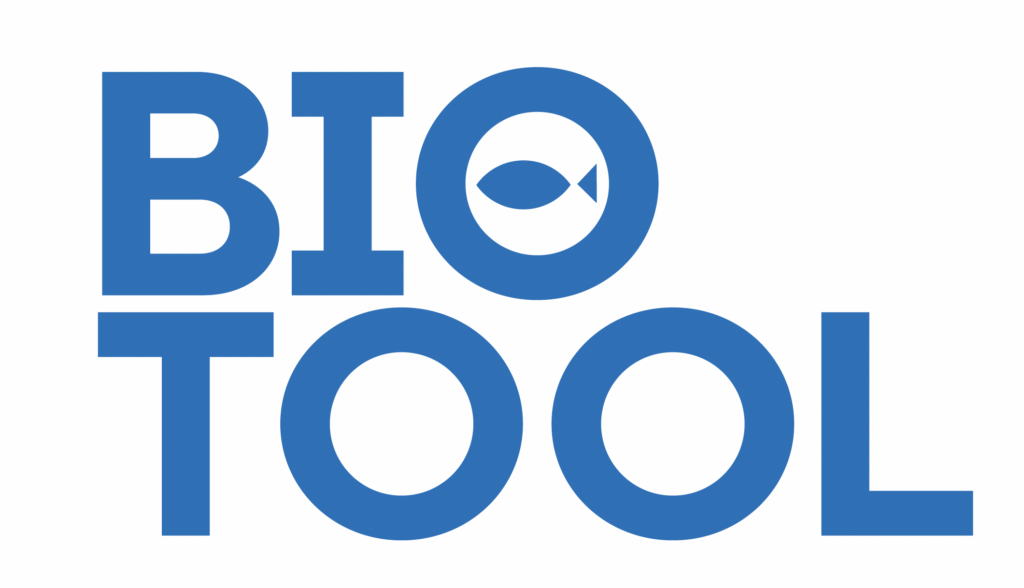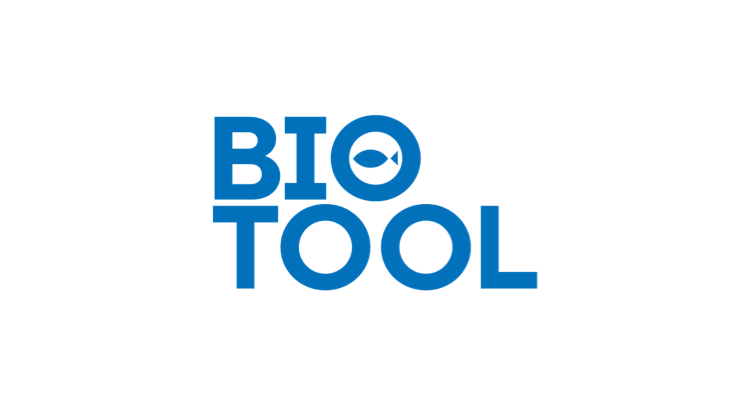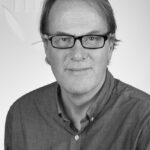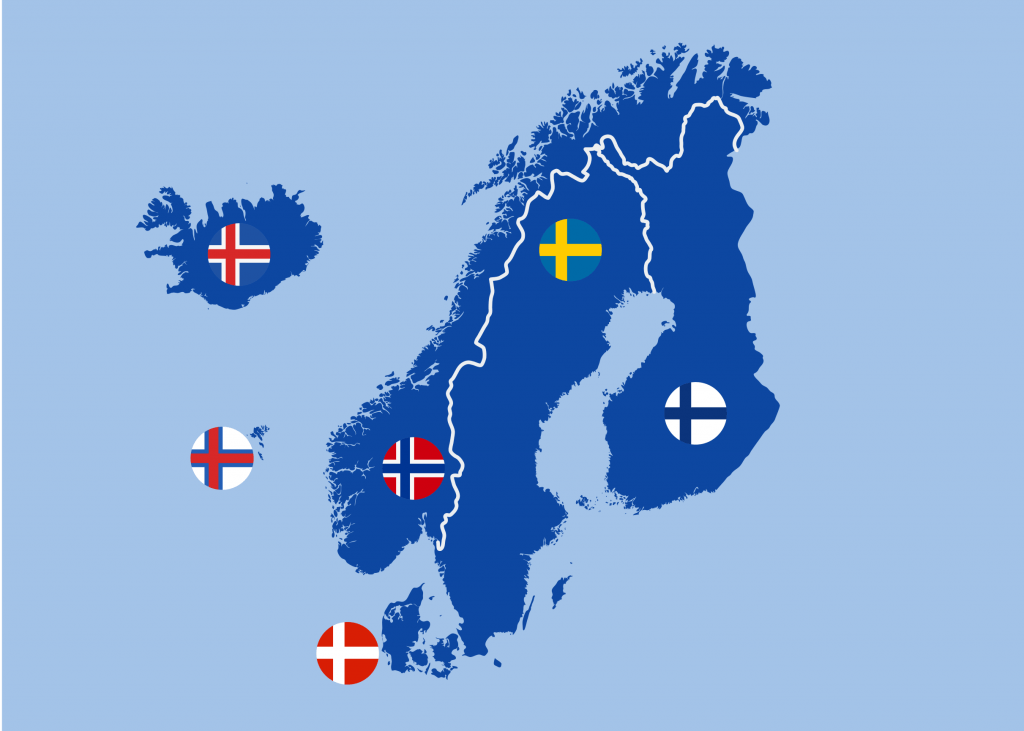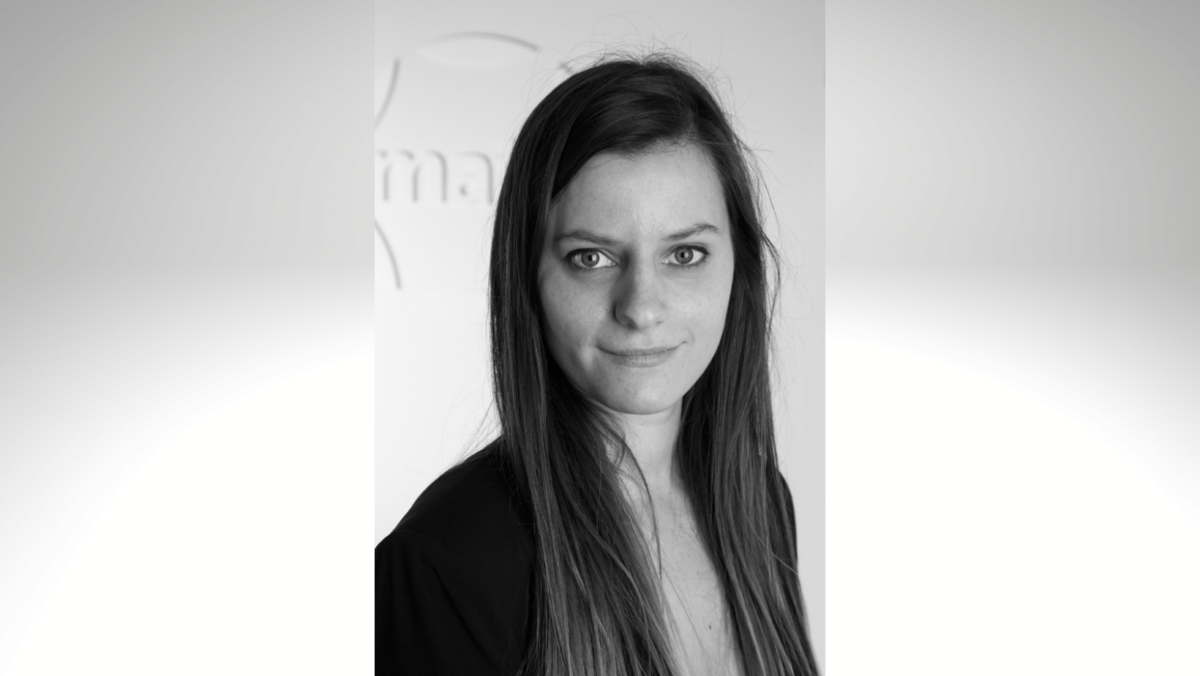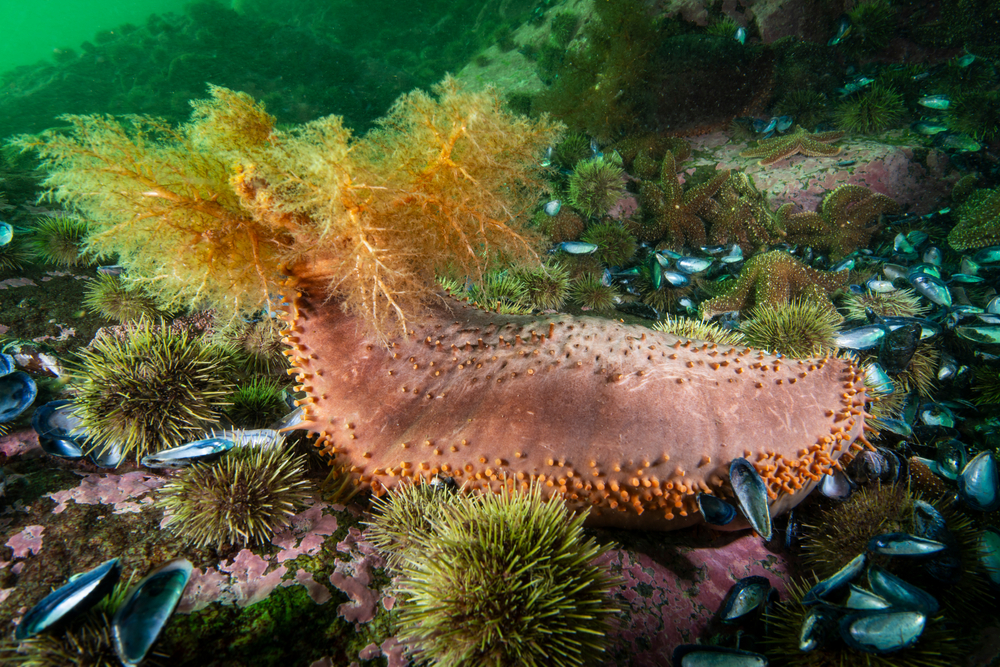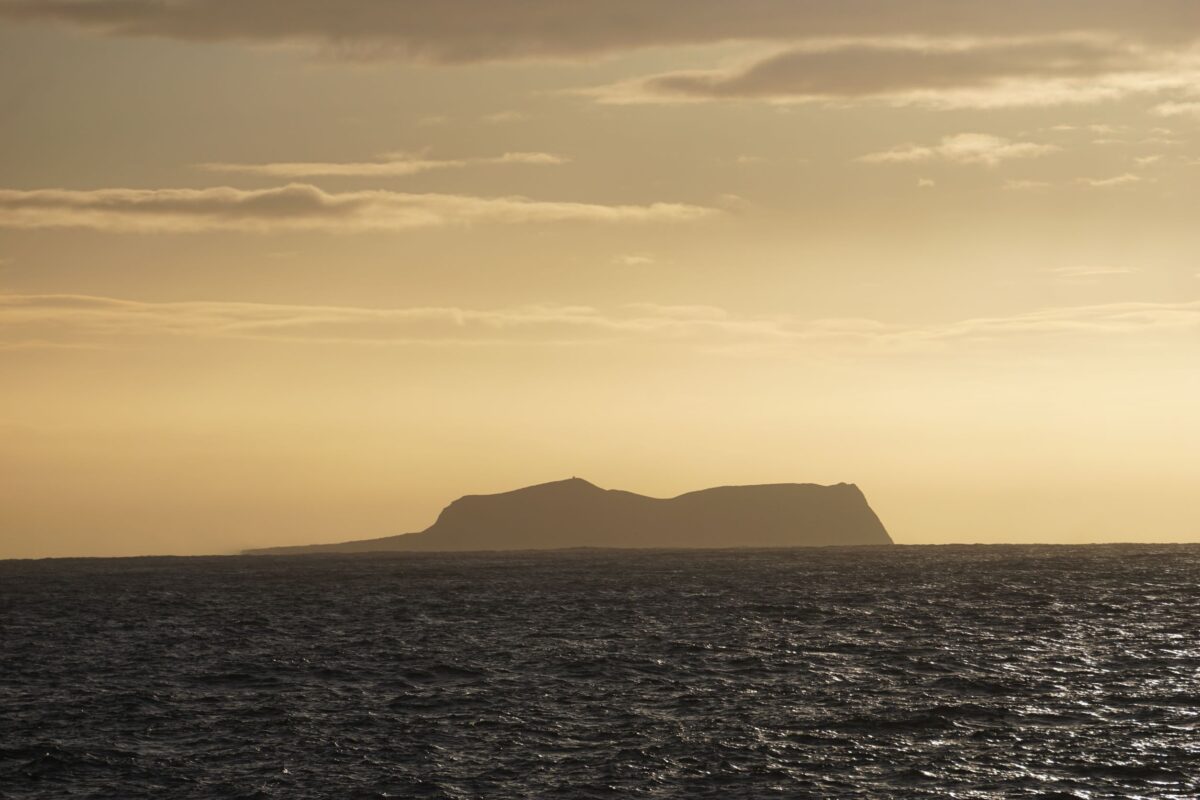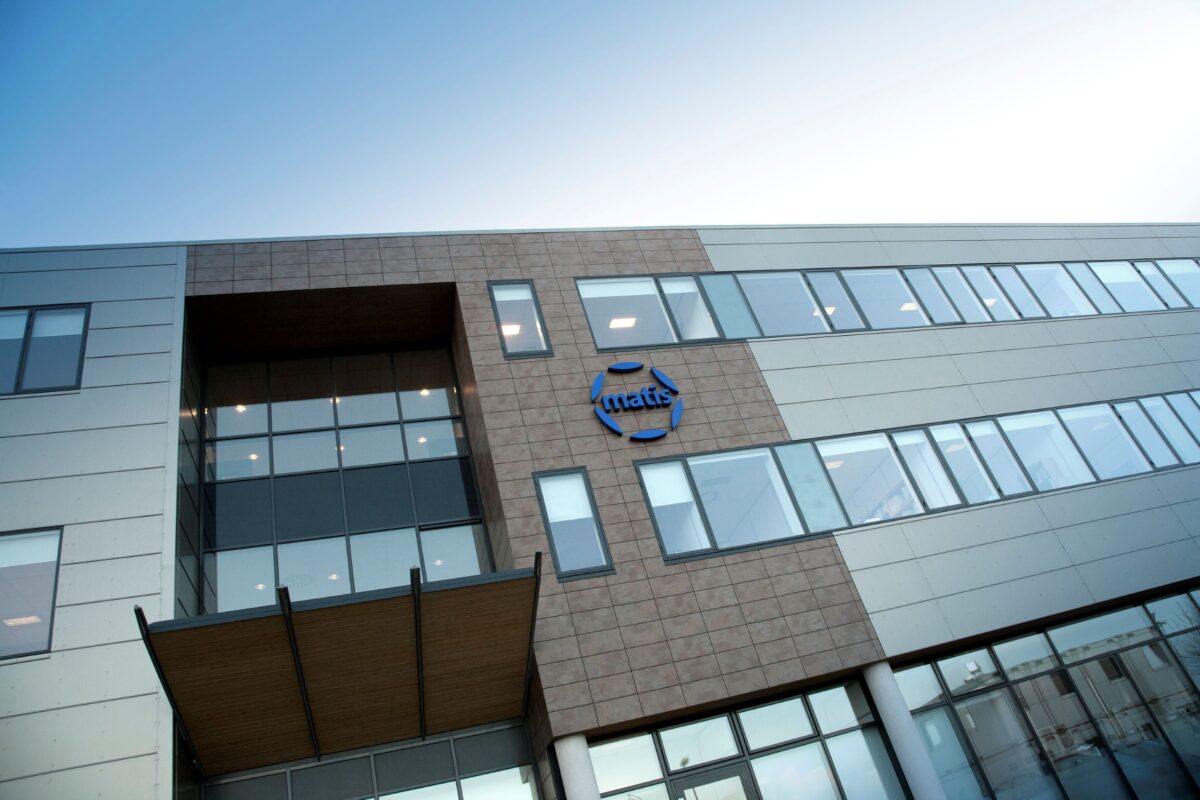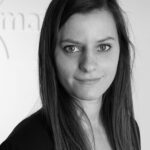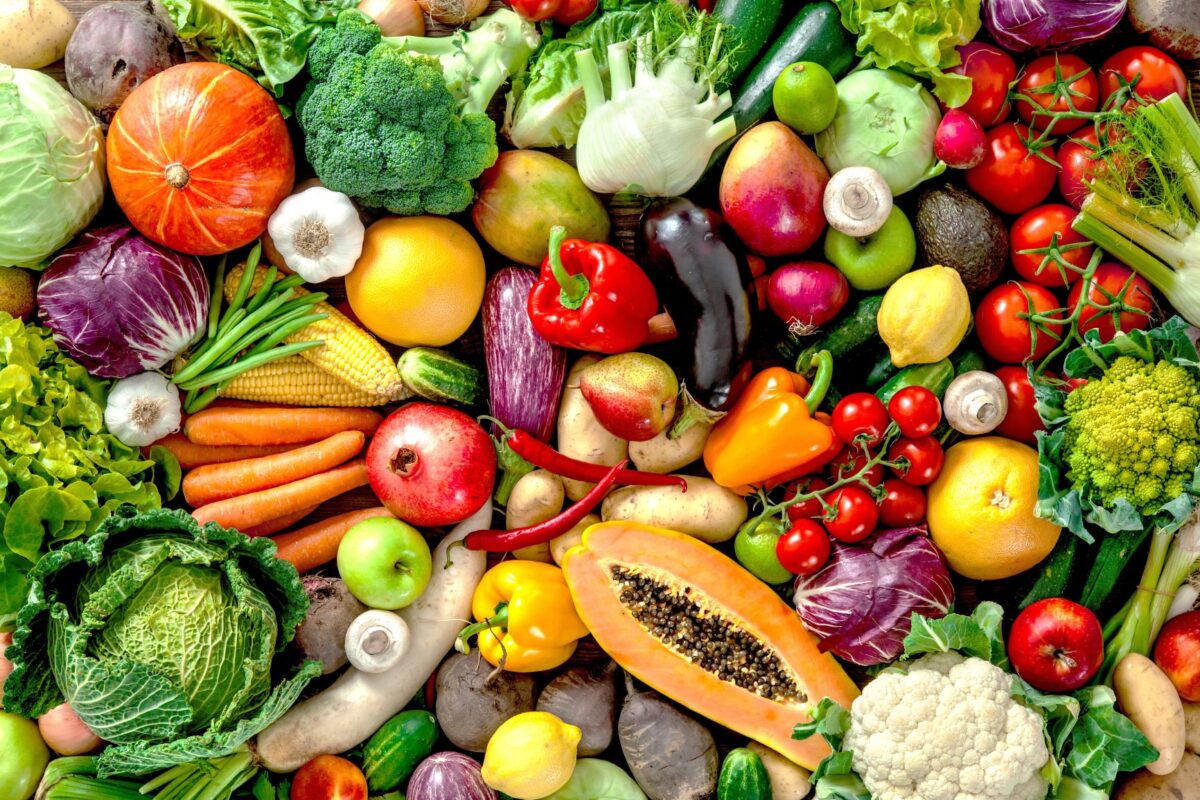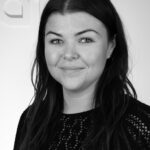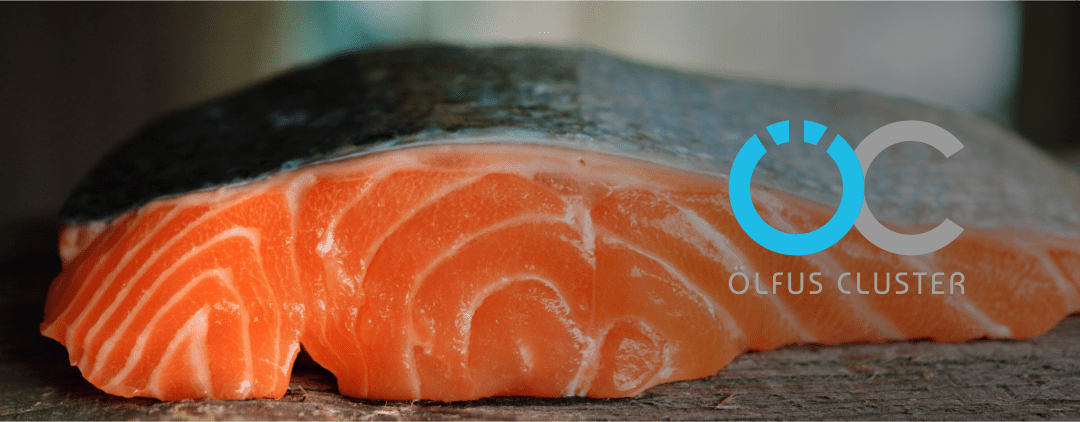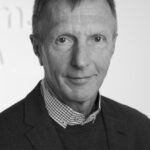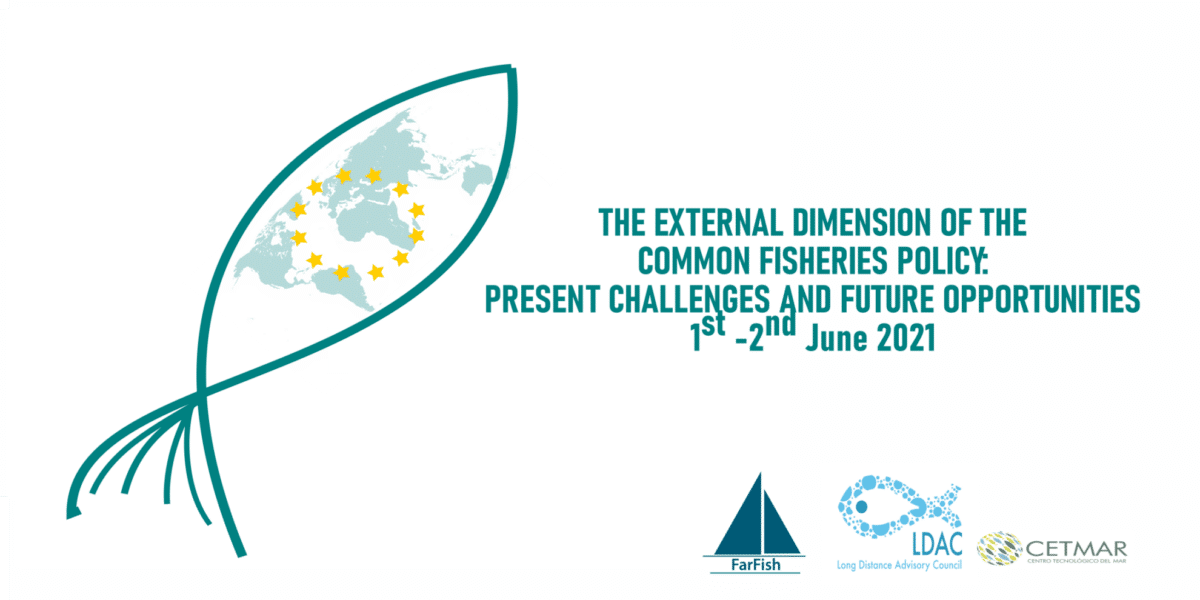Next Monday, September 12, Pauline Bergsten will defend her doctoral thesis in biology. The project is called: Exploration of the Microbial Communities within the Basaltic Subsurface of the Volcanic Island Surtsey in Iceland
The doctoral defense takes place in The Aula of the HÍ main building and starts at 10:00.
Opponents:
Dr. Steffen L. Jörgensen, associate professor at the University of Bergen, Norway
Dr. Odd Þ. Vilhelmsson, professor at the University of Akureyri.
Advisor Dr. Viggó Þór Marteinsson, Professor at the Faculty of Food Science and Nutrition , University of Iceland and Research Group Leader at Matís
Doctoral committee:
Dr. Pauline Vannier, project manager at Matís
Dr. Snædís H. Björnsdóttir, associate professor at the Faculty of Life and Environmental Sciences of the University of Iceland
Chair of Ceremony: Dr. Snæbjörn Pálsson, Professor and Head of the Faculty of Life and Environmental Sciences, University of Iceland
Abstract
Surtsey is a volcanic island located on the south-east offshore extension of the Icelandic rift zone. It was formed during successive eruptions from the seafloor in 1963-1967 and has been officially protected and studied ever since. It represents an exceptional natural setting for studying colonization and succession of life on land. Also for subsurface microbial communities associated with newly formed basaltic tuff deposits in a seawater-hydrothermal system that is still active and at temperatures approaching the presumed thermal limit for functional life.
During an international drilling operation at Surtsey in 2017, drill core samples at successive depths as well as associated hot fluids and surface fumes from fumaroles were collected for microbial investigations. This thesis presents the first and most comprehensive research of the Surtsey subsurface biosphere. Multiple approaches were combined on the rare and unique samples to increase the knowledge of microbial communities inhabiting the oceanic subsurface and of the processes that sustain such life.
These included molecular analyses of environmental DNA through 16S rRNA gene amplicon and metagenome sequencing, isolation and characterization of bacterial strains and microscopic investigations. Based on the DNA concentration, the microbial cell numbers present in the drill cores were estimated to range from about 5×104 to 1×106 cells per gram of sample.
The Surtsey subsurface is therefore a low biomass environment, making the samples extremely sensitive to external contamination. It is nevertheless a diverse habitat that hosts bacterial and archaeal clades, including extremophiles, that have been previously detected in other terrestrial and marine environments. Yet, many clades belonged to unknown lineages. Predictive functional analyses based on taxonomic identifications revealed that the Surtsey subsurface biosphere is composed of heterotrophic microorganisms as well as chemoautotrophs involved in the sulfur, nitrogen, and methane cycles. However, these results could not be strengthened by the functional metagenomic investigations as they were inconclusive. Numerous enrichment cultures were initiated using different conditions and media and resulted in nearly 200 isolated bacterial strains, which included several novel species. One novel thermophilic bacterial species, Rhodothermus bifroesti, was fully characterized and its genome was sequenced and compared with those of the two other described Rhodothermus species. Comparative analyses revealed that 2.15% of the amplicon sequence variants from the 16S rRNA gene amplicon sequence datasets were represented by cultivated strains using standard methods. Finally, putative microbial structures adhering to the basaltic tuff were discovered inside the numerous interconnected vesicles found in the basaltic glass.
All of the findings point to an active microbial colonization of the Surtsey deposits within 50 years after the eruptions ended, with possible sources of colonization coming from the surrounding ecosystems via microbial dissemination and possible adaptations.
The thesis establishes a foundation for future research on the microbial communities that inhabit the Surtsey subsurface and their temporal succession in the face of a cooling and changing hydrothermal environment.
More information can be found by clicking here.
